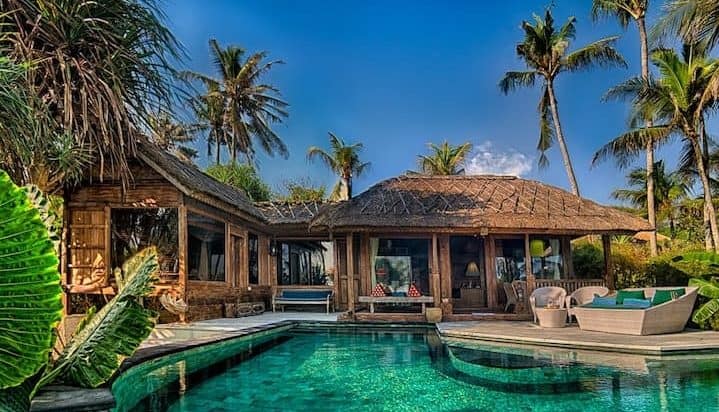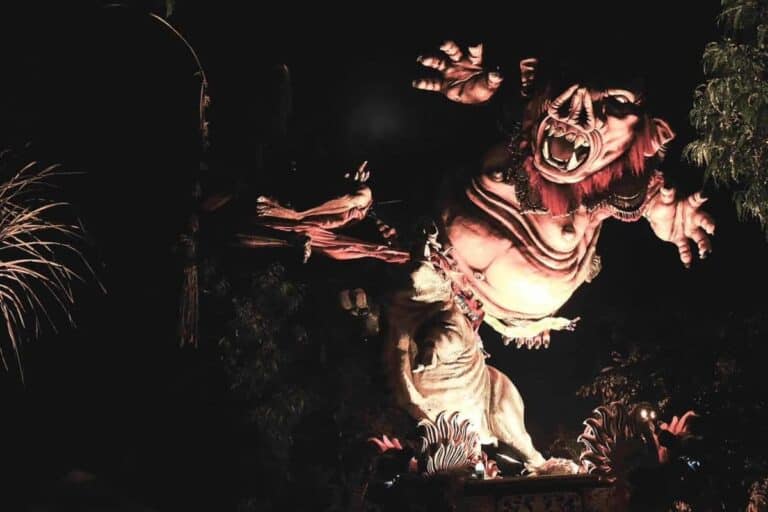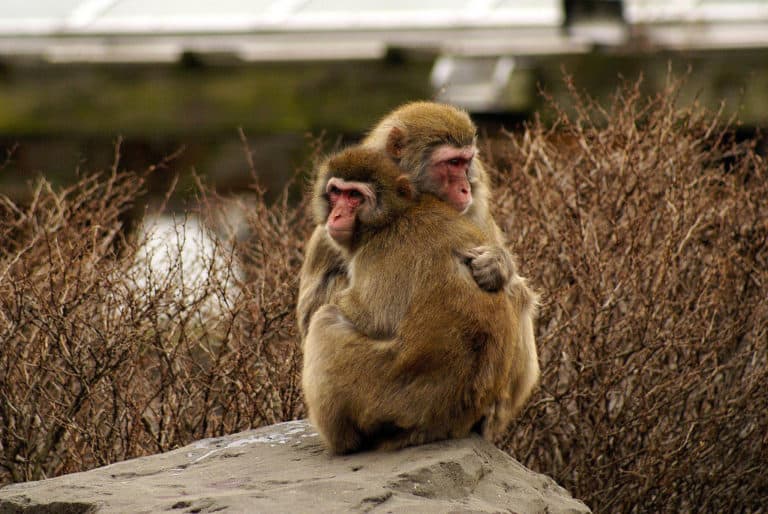When in Bali, you will meet many Wayans, Ketuts, and Mades.
Why do Balinese people have the same names? Isn’t it difficult if everyone has the same name?
There is an intricate and traditional system for naming babies in Bali.
Super unique, much like the rest of the Balinese culture, let’s get into it!
What is the Origin of Balinese Names?
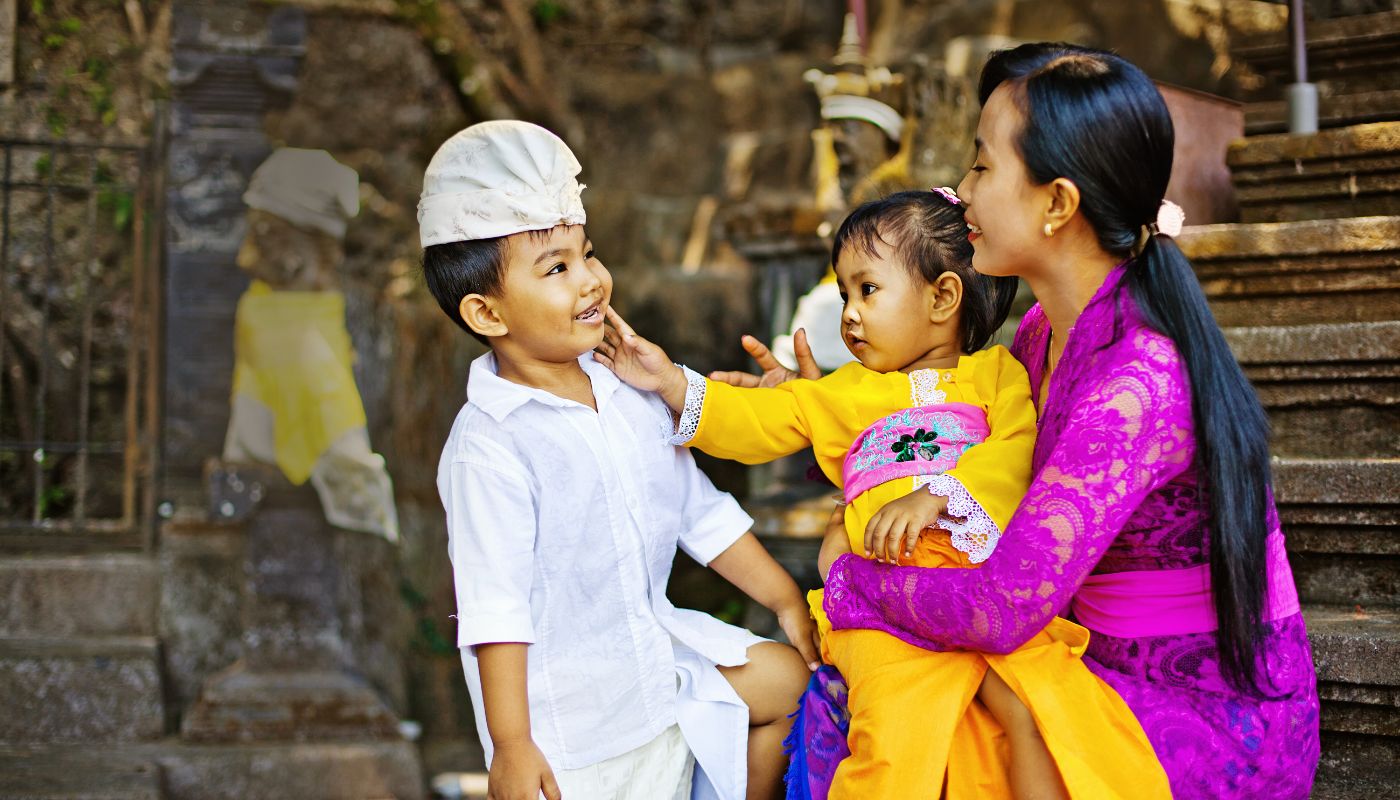
Much like a lot of Balinese Hindu life, there is a grand tradition surrounding naming children that has been passed from generation to generation.
Balinese names usually have two words. One indicating gender, and the other the birth order. The caste of the family may also have an influence, even though the caste system in Bali is no longer functional.
How can a person’s name in Bali be formed by these three things?
Gender
The gender of the baby will affect the first name.
I or Ni are used to distinguish the sexes. I is used for male – for example I Nyoman, I Made. While Ni is for females – for example Ni Komang, Ni Ketut.
It’s not obligatory, but the choice of the parents. There are other names according to caste that can be used to represent the sex of the baby.
Birth Order
A child’s first name is arranged based on birth order.
There are four names from the oldest to the youngest, namely Wayan, Made, Nyoman, and Ketut.
The First Child
The name Wayan is given to the first child. It comes from the word wayah which means the oldest. Another version is Gede or Gde which means ‘big or bigger’.
Although it is more commonly used for males, the name Gede can also be given to females.
The Balinese attach Luh before the name Gede to become Luh Gede, which means the oldest daughter.
The Second Child
The second child will usually be called Made, which comes from the word madya which means middle or in the middle.
They are also sometimes called Nengah which means middle, or Kadek which means younger brother or sister from the first child.
The Third Child
The third child is often given the name Nyoman, which comes from the word anom which means young or small.
Another name given to the third child is Komang, from uman which means remnant.
The Fourth Child
The name Ketut is given to the fourth child. Ketut comes from the word ketuut which means to follow, meaning that this child is born following the first three children.
Other Children
What if there are more than 4 children?
It begins again! The fifth child will be called Wayan, the sixth Made etc..
Normally, Balinese will also have another name to help differentiate them, especially in the modern world.
When a family has more than 1 Wayan it can be pretty complicated. When you come across a Balinese John or Lisa, definitely not their real name.
Caste System
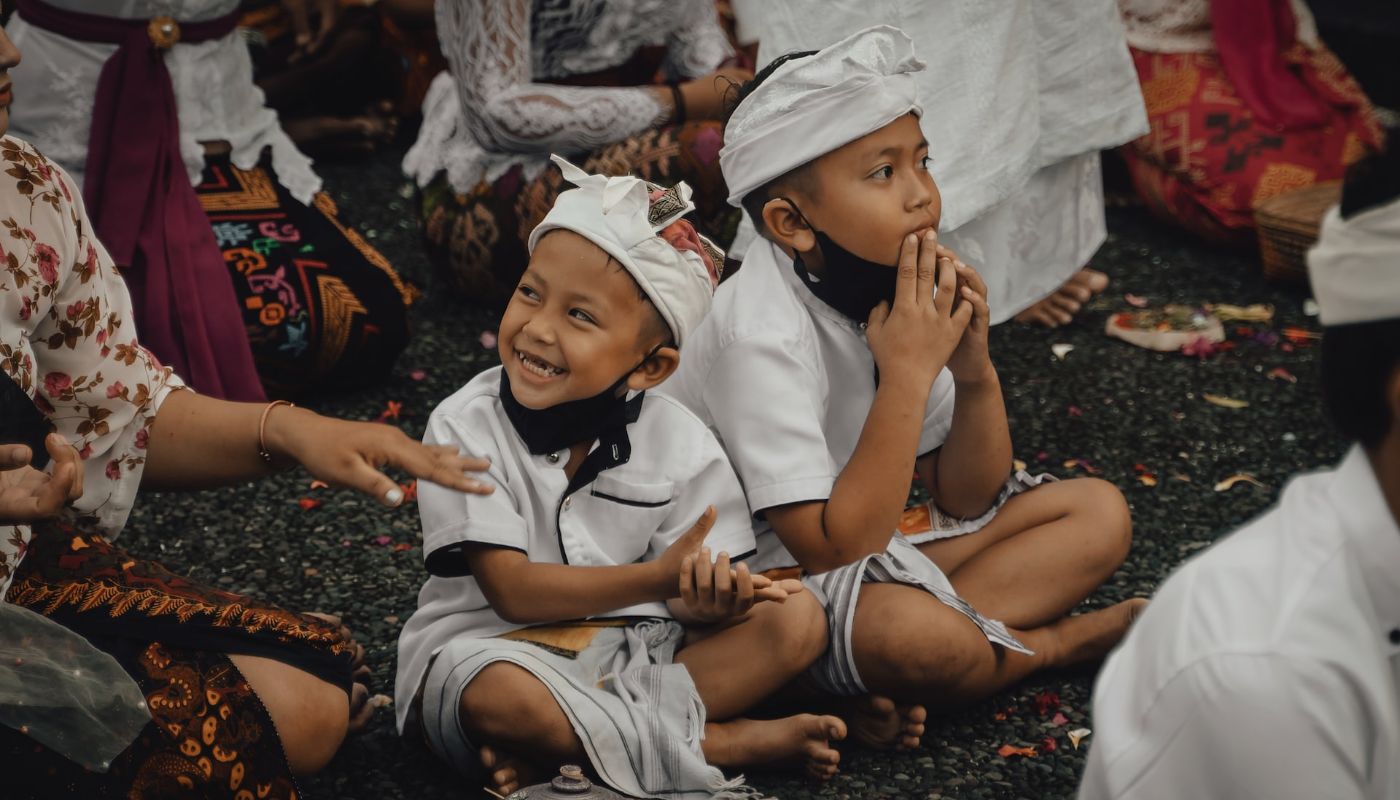
Today, the caste system has no major impact, but is occasionally used to help name a child.
The castes listed in the Catur Wangsa consist of four groups; Brahmana, Ksatria, Waisya, and Sudra.
The Brahmana caste is a descendant of religious leaders who, during the royal period, were believed to lead religious ceremonies. Their first names are Ida Bagus for men, and Ida Ayu for women.
The Ksatria caste is a descendant of kings, nobles, or royal groups in the past. Their first names are Anak Agung, Cokorda, or Gusti. For women, it is usually named Dewa Ayu, Desak, or Sagung.
For the Waisya, the descendants of traders and businessmen during the royal era, have names such as Ngakan, Kompyang, Sang, and Si.
The last is the Sudra caste, who used to work as workers or farmers. Nowadays their jobs are more varied, such as working in the government or private sector. Sudra names use the traditional birth order as described above.
Fun Fact
The names Nyoman and Ketut are getting rare to find.
Not because of the Balinese abandoning the tradition, but because of the Indonesian government’s national family planning program – Dua Anak Cukup or ‘two children in a family is enough or ideal’.
The Governor of Bali, I Wayan Koster, wants to make a Balinese version of the Family Planning (KB) program with four children.
According to him, 4 children has a deep meaning, and has been carefully thought out by the ancestors of the Balinese.
Final Thoughts
It is not clear when exactly this tradition first began in Bali.
The first ‘Balinese’ name is mentioned in historical records in the 14th century.
Balinese culture is not only famous for its ceremonies, ornaments and art, but also from its naming.
Bali has been massively exposed to foreign culture because of its thriving tourism, but Balinese people still keep to their roots – and so they should!

